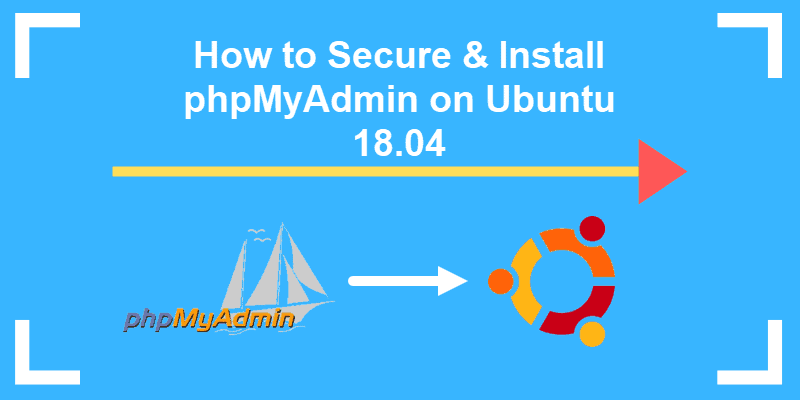
Mqqqqqqqqqqqqqqqqqqqqqqqqqqqqqqqqqqqqqqqqqqqqqqqqqqqqqqqqqqqqqqqqqqqqqqqqqqqqqqqqqqqqqqqqqqj X Web server to reconfigure automatically: x X Please choose the web server that should be automatically configured to run phpMyAdmin. When you will be prompted to select a web server to configure, hit the space bar to select Apache2 and Enter to confirm and continue lqqqqqqqqqqqqqqqqqqqqqqqqqqqqqqqqu Configuring phpmyadmin tqqqqqqqqqqqqqqqqqqqqqqqqqqqqqqqqq PhpMyAdmin will be installed along with its dependencies and all necessary PHP modules. The package is included in the official Ubuntu 16.04 repository and it can be easily installed with the command below apt-get install phpmyadmin Once Apache, PHP, and MySQL are installed, we can go ahead and install phpMyAdmin. If you don’t have it already installed on your server, you can do it by executing the following commands apt-get install apache2 php mysql-server Step 3: Install phpMyAdmin on Ubuntu 16.04


PhpMyAdmin requires a LAMP (Linux, Apache, MariaDB/MySQL, PHP) stack. Login to your Ubuntu 16.04 VPS via SSH as user root ssh make sure that you have the latest version of all installed packages apt-get update & apt-get upgrade Step 2: Install LAMP Stack – (Linux, Apache, MariaDB/MySQL, PHP) We have an updated version of this tutorial – How to Install phpMyAdmin on Ubuntu 20.04 Installing phpMyAdmin on Ubuntu 16.04 is an easy task if you carefully follow the steps below. You can easily import and export tables, create and modify users, and so on, all via an easy-to-use GUI.

You e can easily create, rename, delete and edit databases, tables, or fields, execute SQL commands. Many developers need to interact and manipulate with their databases, but not all of them are comfortable with SQL commands, and this is where phpMyAdmin comes in handy.


 0 kommentar(er)
0 kommentar(er)
